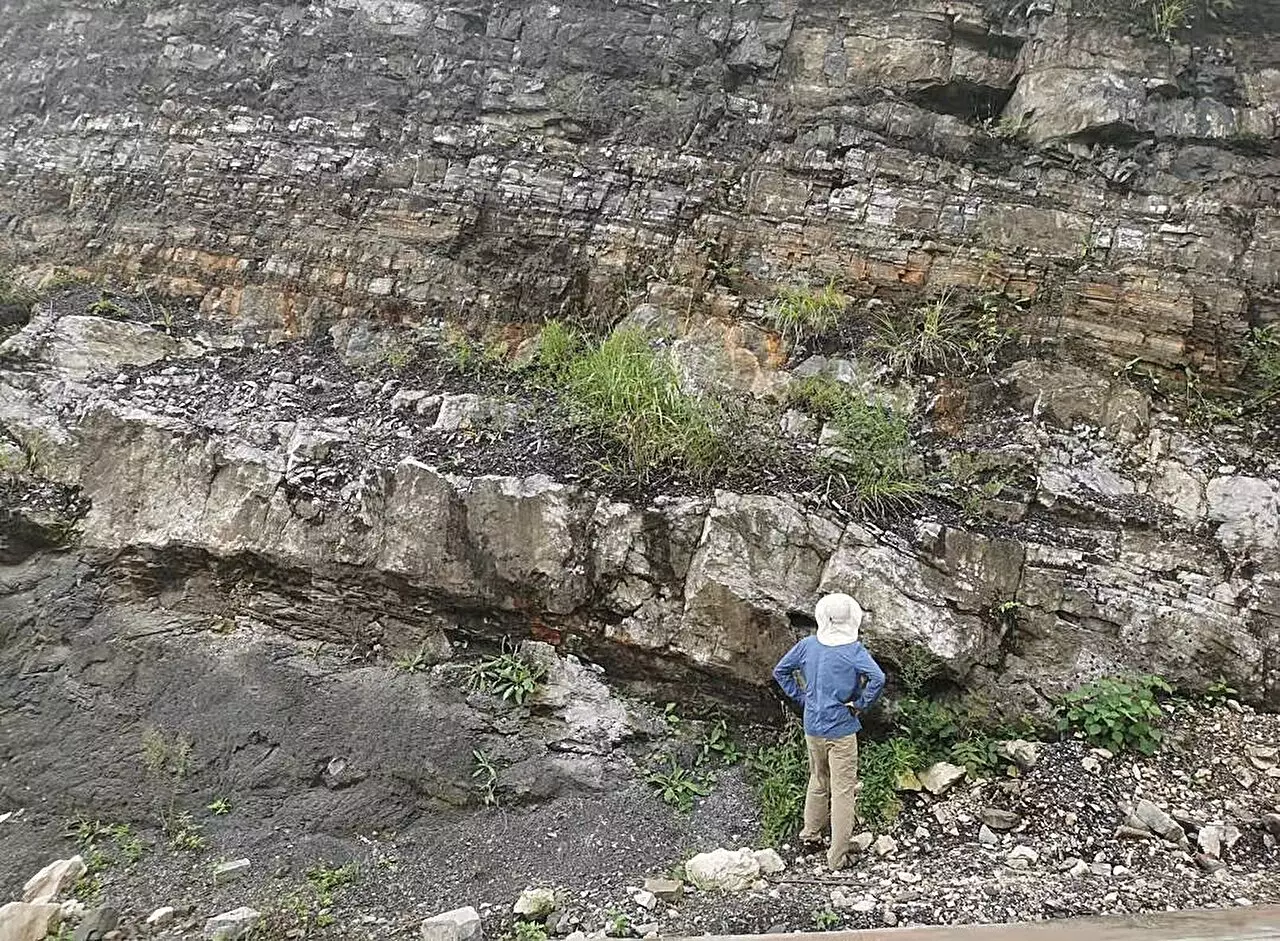Throughout Earth’s history, there have been pivotal climatic events that have shaped the biosphere significantly. Among these, the “Snowball Earth” events stand out as some of the most extreme, where vast portions of the planet were enveloped in ice over a mile thick. These phenomena occurred sporadically and did not conform to regular climatic cycles. Instead, they endured for millions of years, followed by dramatic episodes of global warming, each transition steeped in uncertainty. New insights from the University of Washington aim to elucidate the conditions that precipitated the termination of the last Snowball Earth and how these changes acted as a catalyst for the rapid evolution of life, culminating in the emergence of complex organisms.
Unraveling the Mystery of Cap Carbonates
The recent research, published in the peer-reviewed journal Nature Communications, highlights the ancient geological formations known as “cap carbonates.” Scientists believe these distinctive limestone and dolomite rocks formed during the melting of glacial ice, providing pivotal clues to the atmospheric and oceanic conditions that prevailed around 640 million years ago. Unlike more conventional records such as ice cores and tree rings, cap carbonates offer glimpses into Earth’s distant past, bearing testament to the changes in carbon dioxide levels and ocean acidity.
Trent Thomas, a doctoral student in Earth and space sciences, spearheaded this research, asserting that understanding the composition of cap carbonates can illuminate the dynamics of the carbon cycle during drastic climatic transitions. These formations are characterized by their unique chemical signatures and are found in more than fifty locations worldwide, from Death Valley to Namibia and beyond. The study posits that as the global ice sheets retreated, the resulting chemical upheaval in both the atmosphere and oceans contributed to a complex geomorphological evolution.
For over two billion years prior to the Snowball Earth episodes, life on our planet was predominantly unicellular, composed mainly of microscopic organisms such as algae and bacteria. This period, often dubbed the “boring billion,” reflects the stasis in biological complexity. However, the climatic upheavals spurred by the Snowball Earth events induced not only drastic environmental transformations but also set the stage for the emergence of multicellular organisms, evidenced by a flourishing fossil record that followed shortly after.
David Catling, a senior researcher on the study, elucidated that the Newfoundland events played a crucial role in the evolution that transpired thereafter. His team’s modeling of the geochemical conditions during the transformative phases of Snowball Earth reveals that the interactions between the ocean and atmosphere during these extreme cold spells were foundational to life’s evolutionary trajectory.
The research delineated three distinct phases as Earth transitioned out of Snowball conditions. Initially, the peak of Snowball Earth saw an overwhelming ice mass that reflected significant sunlight, restricting the ocean’s open water openings. However, even within this icy blanket, carbon dioxide accumulation began to mount as the frigid waters engaged with the seafloor, laden with sediments conducive to gas exchange.
Eventually, the planet reached a tipping point where increased greenhouse gas concentrations trapped solar energy, initiating a gradual thawing. This melting allowed fresh rainwater to replenish the ocean, forming stratified layers where glacial meltwater floated atop saltier, denser ocean waters. This dynamic undoubtedly disrupted established ocean circulation patterns but ultimately facilitated the revival of ocean mixing and nutrient cycling, critical for sustaining burgeoning marine life.
The implications of this research extend far beyond the past, casting light on future questions regarding ecological resilience and evolutionary processes. With the potential survival of isolated biomes during the Snowball events, researchers are now keen to investigate how these remnants of life could have adapted and ultimately evolved into more complex forms after such dramatic climatic tests.
As we continue to enhance our understanding of Earth’s deeply intertwined systems through geological and biological perspectives, the Snowball Earth narrative underscores the resilience and adaptability of life—a recurring theme in our planet’s ever-changing history. The research invites contemplation of current climatic challenges and the enduring question of how such transformations will continue to shape the web of life in the millennia ahead.


Leave a Reply